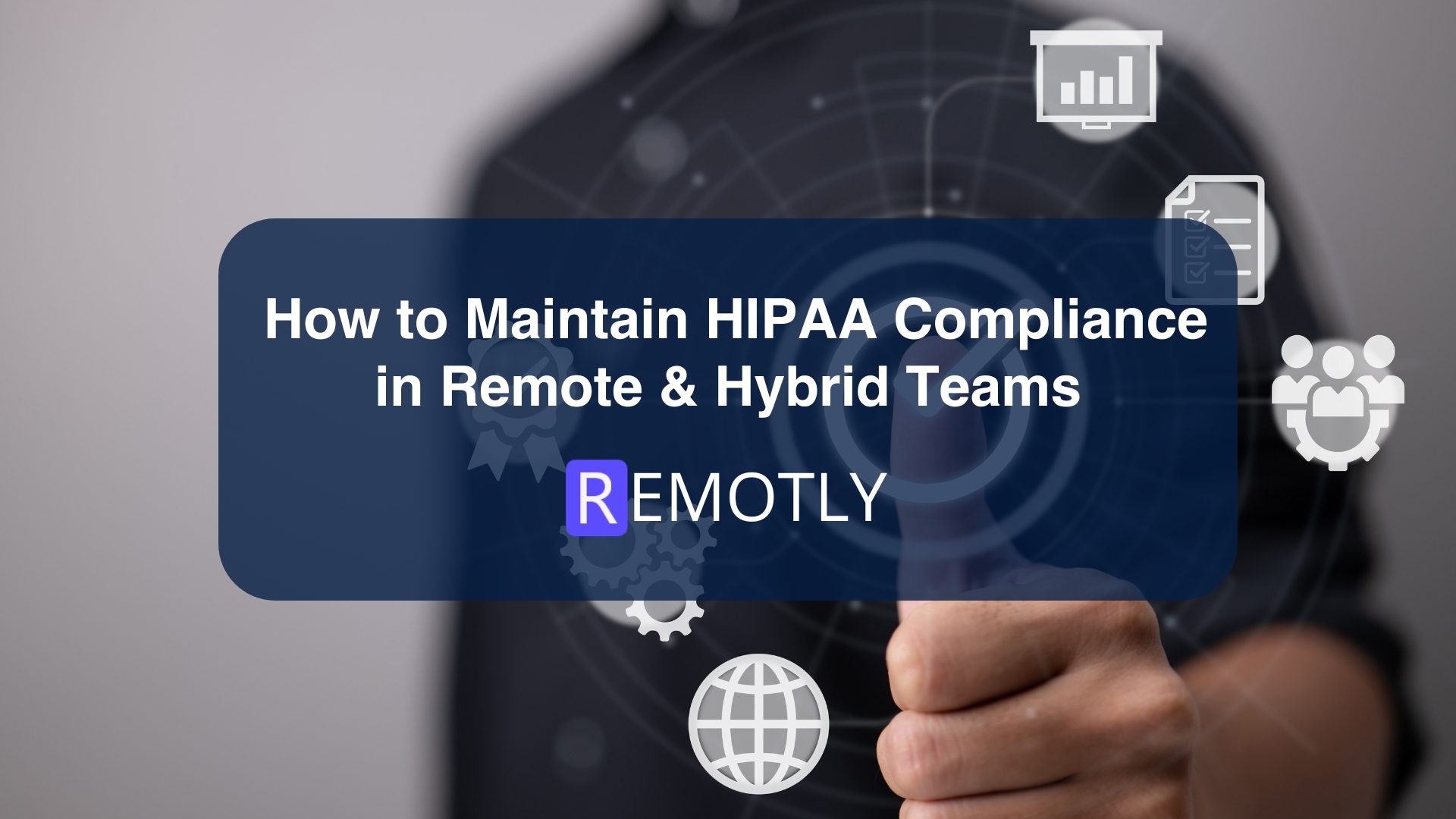Measuring employee performance is essential for any organization that wants to achieve long-term success. By tracking the right employee performance metrics, managers gain clear insights into staff performance, productivity, and overall workforce efficiency.
In this guide, you’ll learn how to measure employee performance effectively, why performance evaluation matters, the most useful metrics for employee performance, and the best practices for building a fair and transparent process.
Why Are Employee Performance Metrics Important?
Metrics of employee performance are essential for controlling employee performance and coordinating individual endeavors with organizational objectives.
They act as performance indicators that reveal trends, identify skill gaps, and highlight both high performers and areas needing improvement.
Key Benefits of Measuring Staff Performance
- Enhanced employee productivity across teams.
- Smarter decision-making on promotions and rewards.
- Clear identification of training and development needs.
- Improved resource allocation and workforce optimization.
Without proper performance measurement, organizations risk missing growth opportunities and struggle to manage staff performance effectively.
What Are the Key Types of Employee Performance Metrics?
To conduct accurate employee assessment, organizations must track different categories of metrics. Each type reveals a unique aspect of employee success, ensuring a balanced view of both quality and productivity.
1. Productivity Metrics – How Much Work Gets Done
Productivity metrics focus on results and output. They show how much work is completed over time and whether targets are met.
Examples of productivity metrics include:
- Number of tasks completed
- Hours worked vs. output generated
- Sales and revenue targets achieved
These metrics help in identifying top performers and setting realistic, measurable goals.
2. Quality of Work Metrics – How Well the Work Is Done
Metrics for work quality assess precision, reliability, and perfection. Customer satisfaction and the organization’s reputation are directly impacted by high-quality work.
Examples include:
- Error rates in completed tasks
- Customer feedback and satisfaction scores
- Quality audits and inspection reports
These performance indicators help assess areas for quality improvement and employee development.
3. Metrics for Time Management and Efficiency How Well Time Is Employed
Efficient employees manage their time and resources wisely. Efficiency metrics reveal whether staff are completing tasks within deadlines and using resources effectively.
Common efficiency metrics include:
- Time taken to complete tasks
- Attendance and punctuality records
- Resource utilization per task
These metrics for employee performance are crucial for performance evaluation and improving overall workflow.
4. Engagement and Collaboration Metrics – How Well Employees Work Together
Engagement and collaboration metrics measure involvement in teamwork and company culture. Employees that are engaged are more driven, effective, and in line with business objectives.
Examples include:
- Participation in team meetings and projects
- Peer feedback and collaboration scores
- Contribution to company initiatives
These insights help managers strengthen team dynamics and overall staff performance.
5. Organizational and Financial Metrics – Impact on Company Goals
Beyond individual performance, organizational and financial metrics measure contributions toward business success.
Key examples:
- Alignment with company objectives
- Revenue generated by individuals or teams
- Cost-saving initiatives implemented
These metrics ensure employee performance measurement aligns directly with organizational growth and financial goals.
How to Set Effective Evaluation Criteria
Clear evaluation criteria create transparency and fairness in employee assessment. When employees understand exactly what is being measured, they are more likely to perform consistently and feel motivated.
Factors for Setting Strong Criteria:
- Relevance to job responsibilities
- Alignment with overall company objectives
- Measurability and clarity
By using objective performance indicators, managers can build trust, improve workforce metrics, and ensure evaluations remain unbiased and transparent.
What Tools and Technology Help Measure Employee Performance?
Performance measurement is made easier by modern tools that provide real-time insights. Cloud employee monitoring software and automated systems make it easier to track productivity and performance metrics efficiently.
Popular technologies for performance evaluation include:
- Cloud-based monitoring solutions
- Employee assessment platforms
- Automated reporting and analytics tools
By integrating these tools, organizations can streamline performance evaluations and make data-driven decisions to boost employee productivity.
Best Practices for Effective Performance Evaluation
To make employee assessment more impactful, organizations should focus on continuous improvement rather than one-time reviews. Regular feedback helps employees grow and improves staff performance.
Best Practices to Follow:
- Set clear, measurable goals for individuals and teams
- Use both qualitative and quantitative metrics
- Align evaluations with company-wide objectives
- Provide continuous feedback instead of only annual reviews
These practices foster employee success by keeping evaluations fair, consistent, and motivating.
Common Mistakes to Avoid in Performance Measurement
Many organizations fail to get accurate insights because of poor evaluation strategies. Avoiding these mistakes will make performance evaluations more effective.
Mistakes That Reduce Accuracy:
- Focusing only on output while ignoring work quality
- Neglecting regular, constructive feedback
- Using outdated evaluation criteria
By steering clear of these errors, companies can create fair and effective performance measurement processes that truly reflect employee contributions.
How to Use Metrics to Drive Employee Success
When used correctly, employee performance measurement metrics can be powerful drivers of success. Metrics provide clarity, feedback, and direction for employees, ultimately improving morale and productivity.
Key strategies include:
- Setting clear performance indicators
- Offering tailored feedback based on data
- Tracking regular progress through workforce metrics
- This methodical strategy enhances overall corporate growth in addition to increasing employee achievement.
Conclusion
Effective employee performance measurement requires a balance of productivity metrics, quality checks, engagement tracking, and financial contributions. With clear evaluation criteria, modern technology, and best practices, organizations can enhance staff performance, improve decision-making, and drive long-term employee success.
FAQ’s
What are the most useful metrics for evaluating employee performance?
The most useful metrics include productivity, quality of work, efficiency, engagement, and financial contribution. Together, they give a holistic view of employee success.
How does cloud employee monitoring software help in performance evaluation?
It provides real-time insights into employee activities, tracks productivity metrics, and simplifies reporting for managers, making evaluations more accurate and data-driven.
What is the role of evaluation criteria in performance measurement?
Evaluation criteria ensure fairness and transparency. They set measurable standards aligned with company goals, helping employees understand expectations clearly.
How often should organizations conduct performance evaluations?
While many companies still use annual reviews, continuous evaluations with regular feedback are far more effective for improving staff performance and employee productivity.




